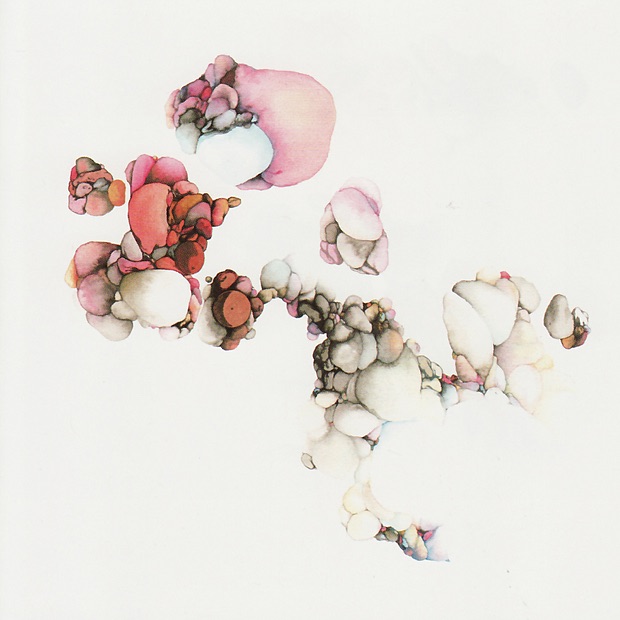
At All Ends
Generally speaking, At All Ends was our third "album" which meant it was our third attempt at making a studio record. A studio record for Yellow Swans meant a recording session, with material developed for the purpose, followed by an extensive post-production process including over-dubs and guest musicians, with the recorded material passing through another person's hands, permission to expressly alter the sound fully granted. In addition to higher production value overall, an "album" was intended to be a more formal artistic statement, and one that was intended for a wider audience, both by virtue of its musical content and its wider distribution (this record being released on CD by Providence's Load Records). By contrast, we released dozens of album length things that functioned in different ways: stylistic meditations and experiments, documents of a productive period of improvisations or a good live set, collaborations, jokes. Some have grown to feel like "albums" over time, and sure, why not? As the fireman brigade of collaborators described in the credits might suggest, a lot of hands touched these tracks before they were called done. Pete and I generally exerted a lot of control over our music, but with "albums" we recognized the benefit of letting others play with the material, adding a set of fresh ears and generating ideas. Sometimes that meant recruiting a guest musician, like Phil from Cherry Point whose noise saved Mass Mirage from an anemic climax. At All Ends was "finished" by Dan Voss (who we felt had powerfully transformed Psychic Secession), but it was Emil Amos who really put his hands into the album's guts, coming as close as most to being a third member. We were fans of the Black Tar Prophesies, and Emil had a reputation as wizard of home production. Emil could make a 4-track seem like a high-end studio, and there are tricks of the trade that he used on this record that I still use today. At All Ends marked several transitions. Pete and I had both returned to Portland, but were also relentlessly touring the U.S. and Europe, building connections with outsider music makers all over the world. You can hear mid-00's noise, psychedelia, drone metal, and the strong impression of bands we were playing with and listening to from unlikely places: Leeds, Tempere, Wellington, and Amherst. Between Psychic Secession and At All Ends we had radically changed how we composed, shifting from the drum machine as our primary structural tool to using the guitar as the organizing principle, arranging through dynamics, repetition and melody an unexpectedly anthemic suite of songs. (The strong impression that Hendrix's Star Spangled Banner left on me as a kid seem abundantly clear, as does my very asymmetrical sense of "rhythm"). We also road-tested these songs before recording, writing some in advance of that year's tours, others being improvisations that we worked out night after night in front of audiences. If Psychic was ambitious to a fault, this record was the first one that genuinely felt confident, even as it stretched further than anything we'd done up that point. - GMS
The umpteenth release from this Portland duo is an unashamedly epic album of grand noise-drones, with ambitious pieces in search of infinite expansion.


